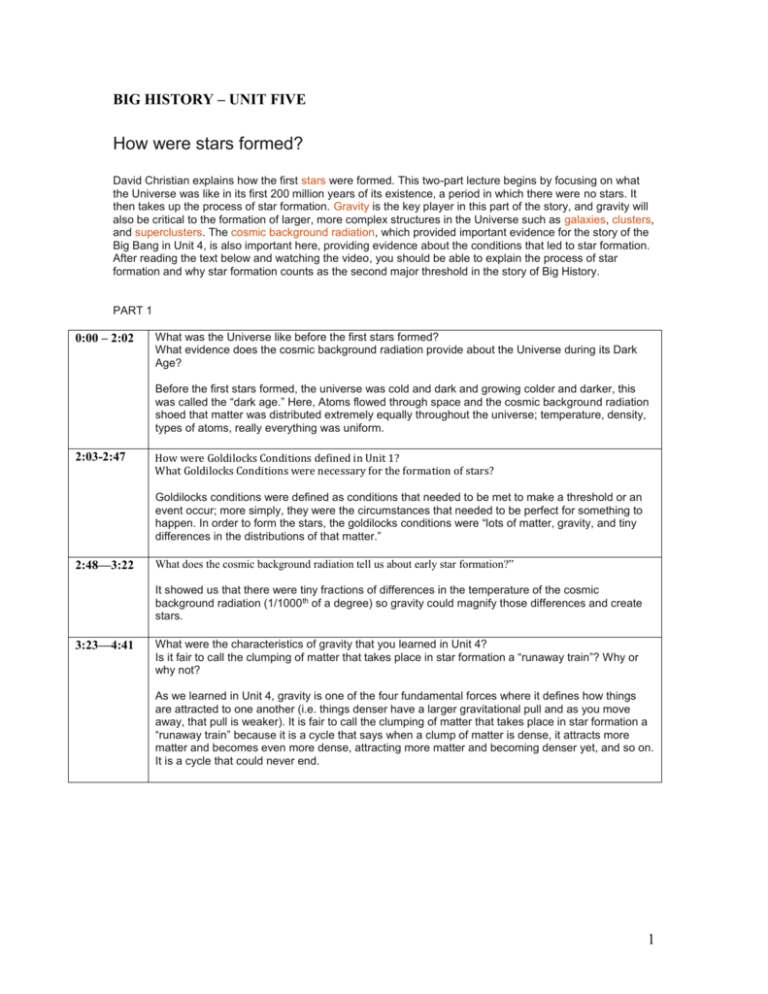

But they'd look after those plants they liked, such as wheat or rice. They'd remove plants that got in their way. They didn't just gather what they needed.

These communities were radically different. Then we start seeing them in parts of West Africa, in parts of Central America, and in the Andes from about 5,000 years ago, and in modern Pakistan from perhaps 4,000 years ago. And in the highlands of Papua New Guinea from perhaps 9,000 to 7,000 years ago. And then not long after that, along the Yellow River in China and the Yangtze further south. Then, quite soon after, along the Nile River. They appeared in the Fertile Crescent in the Middle East from perhaps as early as 11,000 years ago. To understand the crucial changes, it'll help to have a map in front of you. Then, quite suddenly on big history time scales, things begin to change in just the last 10,000 to 11,000 years. You couldn't have large villages or cities or empires. Foraging could not support dense populations because it simply didn't produce enough resources. In fact, study of modern foraging societies suggests that most foragers probably moved several times each year, traveling around a familiar territory that they understood well. And if there wasn't enough, they moved on.

They gathered or hunted for food, for skins or furs that could keep them warm, and for materials with which to make shelters or to make gifts or ritual objects. Living like foragers means that they got the resources that they needed from their surroundings. But for perhaps 95% of our history, our ancestors lived off the land as foragers. We get hints of what looks like religion, and the tools they use start getting more diverse, more precisely adapted, and more varied. They start producing what looks like art, in paintings and sculptures. Slowly, we start getting evidence that our ancestors are displaying a quite exceptional creativity.

Why? What is agriculture, and why is it such a big deal? We've seen that our species appeared, almost certainly in Africa, some time in the last 200,000 years. The big question for this segment is, what is Threshold 7, and why is it important? Our seventh threshold of increasing complexity is linked to the appearance of agriculture.


 0 kommentar(er)
0 kommentar(er)
